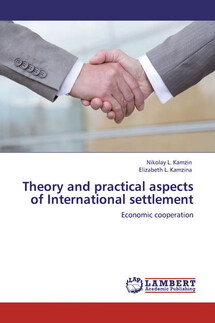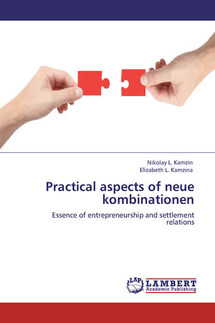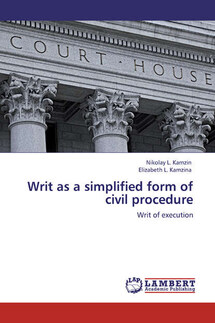The implementation of the economic cycle: freedom, trust, duty - страница 18
– Bank Cards – registered vouchers that entitle holders to use them to purchase goods and services on a cashless basis.
The system of international payment transactions using the so-called correspondent relationships with banks in other countries – the most common form of the transactions undertaken by commercial banks in the long-term philosophy[40].
Along with the national currencies of the leading countries used international currency unit – Euro and in a small amount of SDRs.
Gold, which is directly under the gold monometallic used as an international payment and means of purchase, in fiat credit money is used only as emergency money in the world of unforeseen circumstances. State if necessary resort to selling part of the official gold reserves of those currencies in which they expressed their international obligations. Thus, gold has been used for international payments indirectly through operations in the gold markets[41].
5.2. The mechanism of international settlements
Trade implies equivalence, so transfer the object of trade is always accompanied by what lawyers call consideration[42]. Foreign contracts provide for the transfer of goods, or documents that are forwarded by the bank of the exporter or importer's bank to the bank of the country – the payer to pay in a timely manner. The calculations are carried out by various means of payment used in international circulation: bills, checks, money orders, wire transfers.
When paying with foreign buyers interested exporter to export proceeds for goods and services as quickly as possible came to his account. It depends not only on the forms, but also on the types of calculations. Types of calculations used in the global foreign trade practices, are as follows:
– Payment in cash;
– Calculation of credit;
– Mixed (combined) calculations[43].
Schematically, the mechanism of international payments is as follows:
– The importer buys from a bank wire transfer, cashier's check, promissory note or other payment document and sends the exporter;
– Exporter receives payment from the importer, this paper and sells it to his bank for local currency, which it needs for production and other purposes;
– The exporter's bank sends abroad its correspondent bank payment document;
– From the sale of this document, amount of foreign currency is credited by the bank of the importer to exporter's bank's correspondent account.
This mechanism allows for international settlements through correspondent banks by offsetting counterclaims and obligations without the use of cash.
Banks tend to support the necessary foreign exchange positions in different currencies according to the structure and timing of payments, as well as carrying out monetary and financial conditions and payment of foreign trade transactions include the following elements:
– Exchange rates, the choice of which along with its level, the interest rate and currency exchange rate depends on the degree of efficiency of the transaction;
– The currency of payment, which must be repaid the obligation of the importer (or borrower); mismatch of currency rates and currency of payment – the simplest method of exchange risk insurance;
– Payment terms – an important element of foreign trade transactions. Among them are distinguished: cash payments, payments to a loan, a loan with an option (the right to choose) cash payment.









